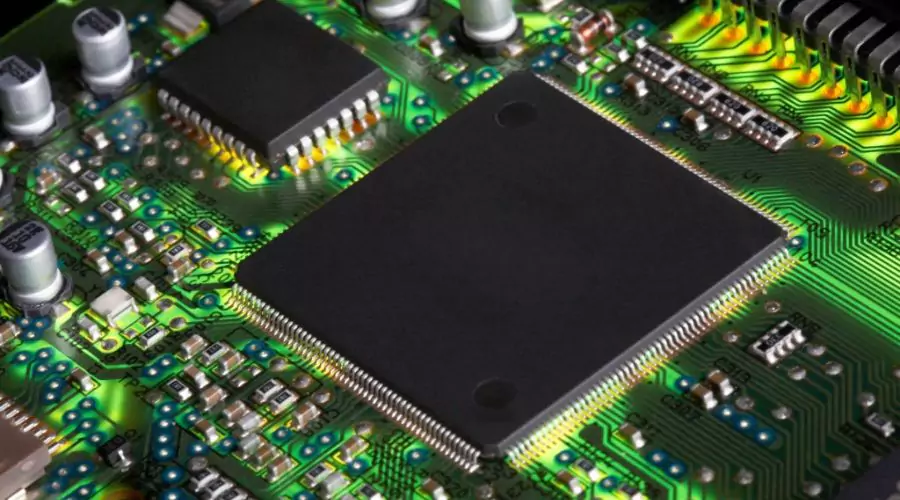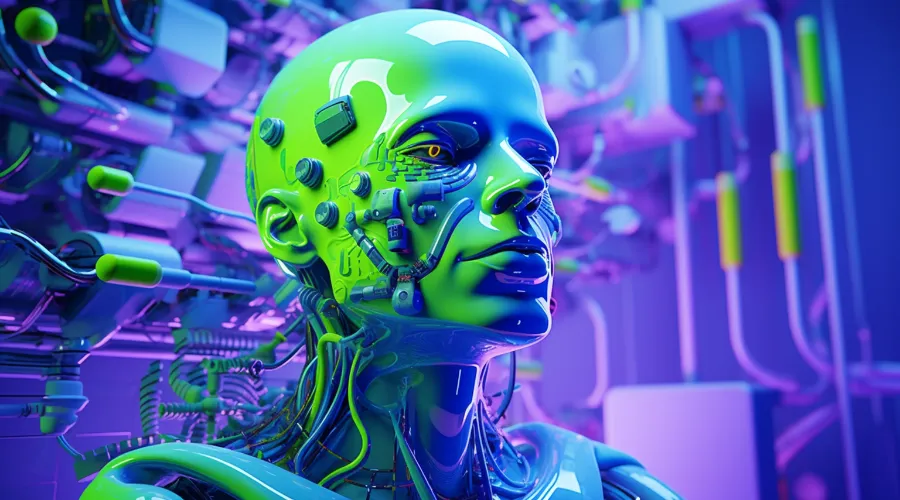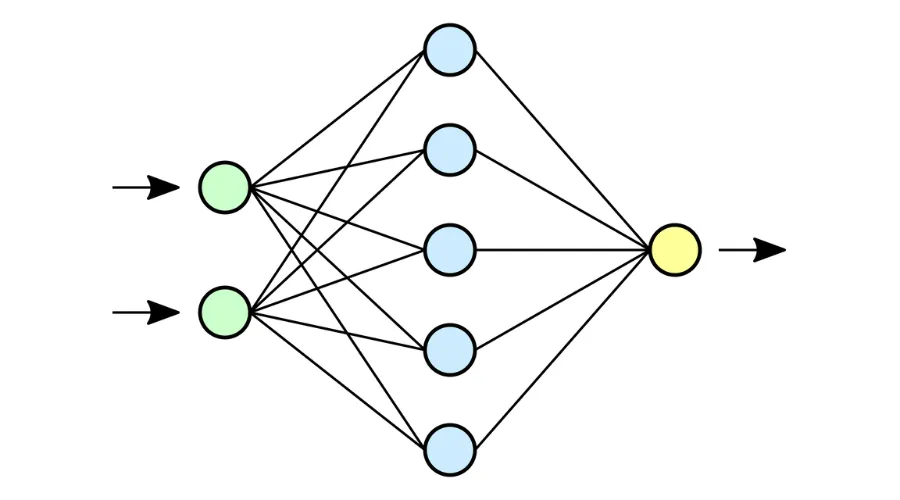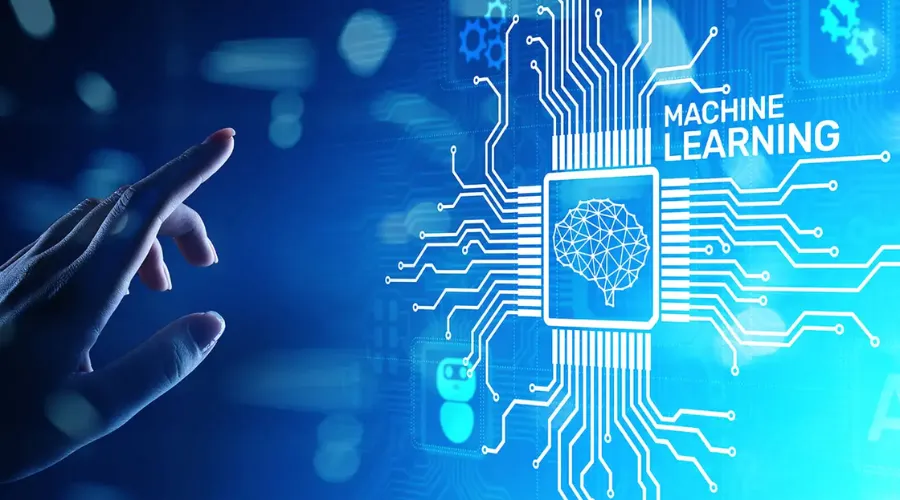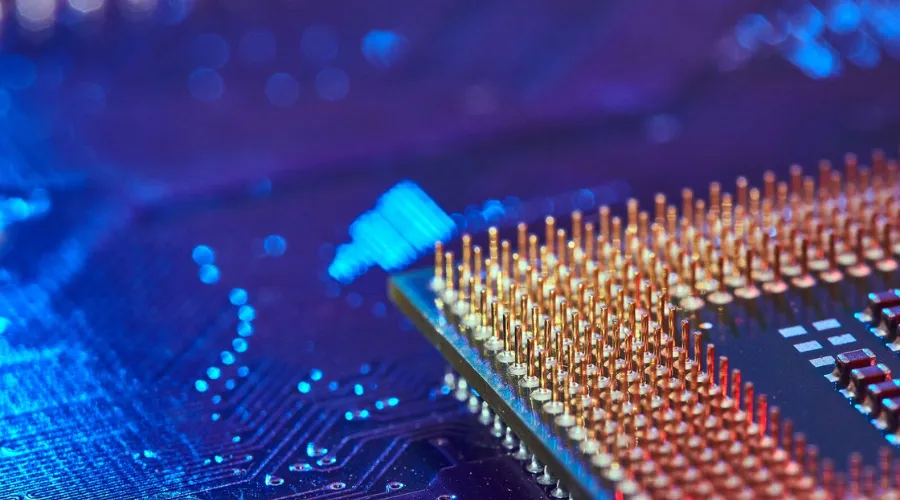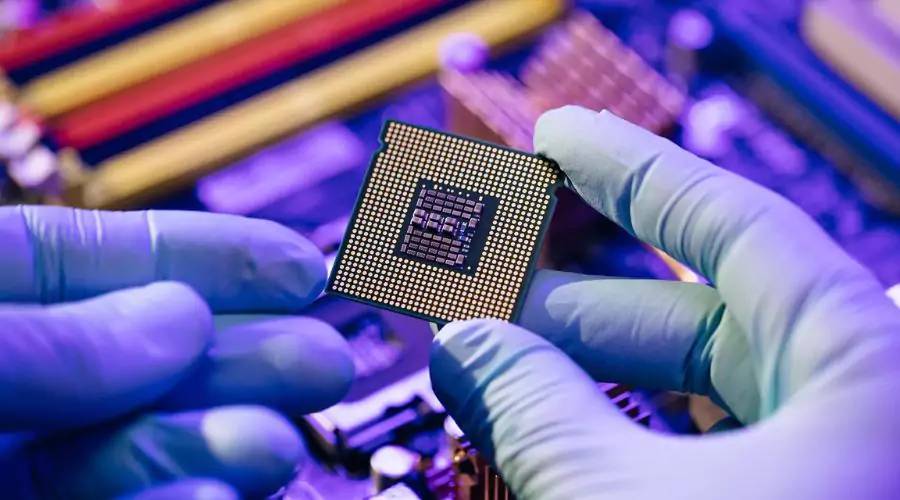
In the ever-evolving landscape of technology, one word that consistently takes center stage is “semiconductors.” These tiny but mighty devices form the backbone of modern electronics, powering everything from smartphones and laptops to sophisticated industrial machinery. In this blog, we will delve into the fascinating world of semiconductors, exploring their history, functioning, and the pivotal role they play in shaping our digital future.
The Birth of Semiconductors: A Historical Overview
To understand the significance of semiconductors, it’s essential to rewind the clock and explore their roots. The story begins in the mid-20th century when scientists first started experimenting with materials exhibiting the unique property of semiconductivity. In 1947, the groundbreaking invention of the transistor by John Bardeen, Walter Brattain, and William Shockley marked the dawn of the semiconductor era.
The Transistor Revolution
Transistors, the first practical application of semiconductors, quickly replaced bulky and unreliable vacuum tubes in electronic devices. This ushered in a new era of miniaturization and paved the way for the development of integrated circuits (ICs) – a key milestone in semiconductor technology. The ability to place multiple transistors on a single chip revolutionized the electronics industry, making devices smaller, more efficient, and affordable.
How Semiconductors Work: The Dance of Electrons
At its core, a semiconductor is a material with electrical conductivity between that of a conductor and an insulator. The magic happens when impurities, a process known as “doping,” are introduced into the semiconductor material. This introduces free electrons or holes, creating an environment where the material can conduct electricity under certain conditions.
The Role of Doping
Doping involves adding specific atoms to the semiconductor crystal lattice. Silicon, one of the most commonly used semiconductor materials, becomes an n-type semiconductor when doped with elements like phosphorus, introducing extra electrons. On the other hand, doping with boron creates a p-type semiconductor, generating electron deficiencies known as holes.
The Semiconductor Junction
When an n-type and a p-type semiconductor are brought together, a semiconductor junction is formed. This junction creates a diode, a fundamental building block of electronic circuits. It allows current to flow in one direction while blocking it in the opposite direction. Diodes are crucial components in rectifiers, amplifiers, and various other electronic applications.
The Rise of Silicon: Dominance in Semiconductor Industry
Silicon, with its excellent semiconductor properties and abundance in nature, emerged as the de facto material for semiconductor manufacturing. The Silicon Valley, located in California, became synonymous with innovation in the semiconductor industry. The process of creating integrated circuits on a silicon wafer became the standard, propelling the industry to new heights.
Moore’s Law and the Era of Miniaturization
In 1965, Gordon Moore, co-founder of Intel, predicted that the number of transistors on a microchip would double approximately every two years. This observation, famously known as Moore’s Law, became a self-fulfilling prophecy driving continuous advancements in semiconductor technology. The relentless pursuit of smaller transistors led to the creation of more powerful and energy-efficient electronic devices.
Beyond Silicon: Exploring Alternative Materials
While silicon remains the workhorse of the semiconductor industry, researchers are actively exploring alternative materials to overcome the limitations imposed by Moore’s Law. Gallium nitride (GaN), gallium arsenide (GaAs), and other compound semiconductors are gaining attention for their unique properties, enabling high-frequency operations and improved power efficiency.
Semiconductors in Everyday Life: A Ubiquitous Presence
Semiconductors have seamlessly integrated into every aspect of our daily lives, becoming an indispensable part of the modern world. From the microprocessors in our computers to the sensors in our smartphones, these tiny devices enable the functionality of countless electronic gadgets.
Communication and Connectivity
The telecommunications industry relies heavily on semiconductors for signal processing, amplification, and transmission. The advent of 5G technology, made possible by advanced semiconductor components, promises unprecedented speeds and connectivity, shaping the future of global communication.
Automotive Innovation
In the automotive sector, semiconductors play a pivotal role in advanced driver-assistance systems (ADAS), electric vehicle powertrains, and in-car entertainment. The transition to electric vehicles is driving increased demand for semiconductors to power motors, battery management systems, and onboard computing.
Healthcare and Biotechnology
Semiconductors contribute to breakthroughs in medical technology, enabling advancements in diagnostic equipment, imaging devices, and personalized healthcare solutions. The integration of semiconductor sensors and processors enhances the precision and efficiency of medical devices, improving patient outcomes.
Challenges and Future Directions
As we celebrate the remarkable achievements of semiconductor technology, it’s crucial to acknowledge the challenges that lie ahead. The relentless pace of miniaturization faces physical limits, and researchers are exploring innovative solutions to overcome these barriers. Quantum computing, neuromorphic computing, and advanced materials are areas of active research that hold the promise of transforming the semiconductor landscape.
Quantum Computing: A Paradigm Shift
Quantum computers, leveraging the principles of quantum mechanics, have the potential to solve complex problems exponentially faster than classical computers. Researchers are exploring the development of quantum processors using qubits, which can exist in multiple states simultaneously. While still in its infancy, quantum computing could revolutionize fields such as cryptography, optimization, and material science.
Neuromorphic Computing: Mimicking the Human Brain
Inspired by the human brain’s architecture, neuromorphic computing aims to create processors that can perform tasks with efficiency and adaptability similar to biological neural networks. This paradigm shift could lead to advancements in artificial intelligence, pattern recognition, and cognitive computing, opening new frontiers in semiconductor applications.
Sustainable Semiconductor Manufacturing
The semiconductor industry’s rapid growth has raised concerns about environmental sustainability. The manufacturing process involves complex chemical processes and consumes significant energy. Researchers and industry leaders are actively exploring eco-friendly alternatives, such as water-based lithography and energy-efficient manufacturing techniques, to minimize the environmental impact of semiconductor production.
Conclusion: Navigating the Semiconductor Landscape
In conclusion, semiconductors are the unsung heroes of the digital age, shaping the world we live in today and steering us toward an even more interconnected and technologically advanced future. From the humble beginnings of the transistor to the era of quantum computing, the journey of semiconductors has been nothing short of extraordinary. As we stand on the cusp of a new technological frontier, the role of semiconductors in driving innovation and progress remains more vital than ever. Embracing the challenges and opportunities that lie ahead, the semiconductor industry continues to be a beacon of ingenuity, driving the evolution of the digital landscape

